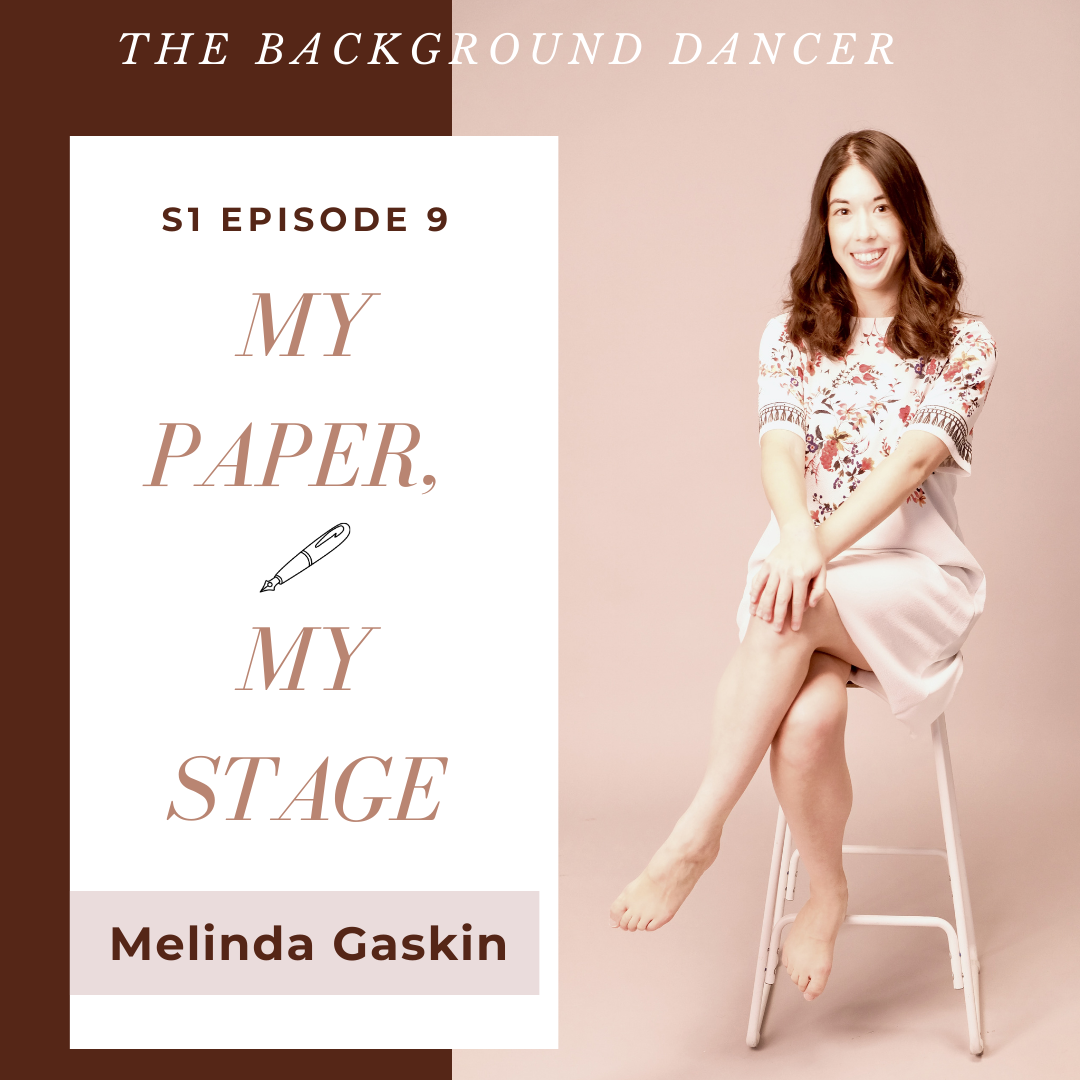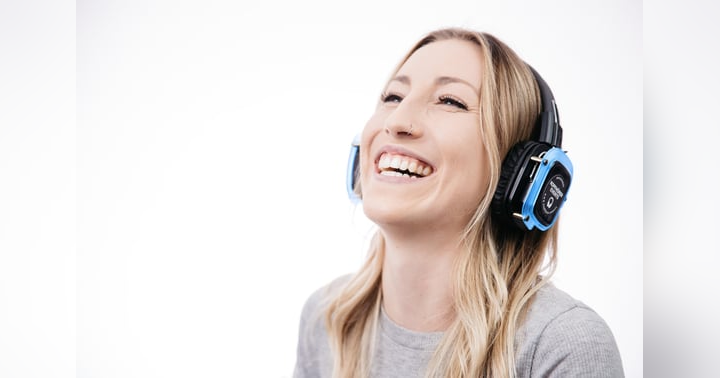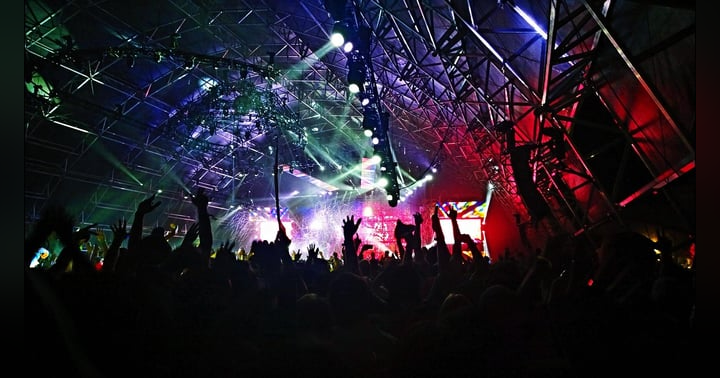Do Not Go Gentle into that Mediaverse!

In this series on Art Media, Jason and his guests (Megan Castro & Melinda Gaskin) talked about media that disseminate dance knowledge by means other than real time dancing bodies, such as through magazines (or publications), podcasts and social media. Although bodies remain the predominant medium to perceive and express dance kinesthetically, these alternative forms of media have shown to contribute to a more all-rounded discourse about dance. As some dancers innately prefer moving instead of speaking about dance, these forms of media emerge as great resources on learning how to articulate dance in a more descriptive way. Here are some thoughts on how to actively utilize knowledge derived from media, and how these tools may benefit us in terms of transferable skills that go beyond mere information transmission.
Dance Publication
There are many different types of dance publications, including peer reviewed journals, in-depth interviews, monographs, and magazines. While the content of each type varies, one essential skill required across all of dance writings is the ability to research and organize findings into a structured framework that provides a broader context about dance (i.e. choreography, techniques, pedagogy) and beyond (i.e. history, aesthetics, cultural phenomena and societal commentary). Through mindful reading/listening, audiences can readily learn about how language is used; how information is gathered, and how meaning is constructed to convey an art form that could exist as abstract, visceral and political all simultaneously.
Dance Podcast
Listening to a podcast is a truly intimate experience, as it allows us to receive information that ties along with the speaker’s personality by virtue of the tone and texture of his/her sound. This makes a podcast interview more sensually vivid and engaging than a written, textual interview. Another important aspect about podcasts is that it has become a great alternative platform to study the art of articulating dance verbally. When a dancer is aware and actively learning about descriptive expressions, he/she could potentially contribute to the following:
- Express comfortably in a public setting, including a media interview, post-show talk or panel discussion.
- Assume audio description roles in either technique class or live performances that provide accessibility for the blind and visually impaired.
Dance on Social Media
The work of posting dance videos on social media has become common practice among dancers nowadays, usurping other more traditional forms of expression such as dance journalism or even podcasts. While short clips of exhilarating dancing are easily accessed all around, the act of browsing or creating them can often lead to viewing fatigue and increased self-esteem issues. For the purpose of learning and self-improvement, a healthy mind and body are integral even when browsing through countless dance videos on social media. A little game I love to play when watching works of inspiration on social media, is to ask “what kind of tasks and exercises have they explored that lead to such movement quality?” This has become a tool for me to actively brainstorm the invisible process while appreciating the visible product of someone’s hard work. However, the following step is perhaps the most essential - GET UP AND WORK ON IT. Start by exploring, playing…discover new possibilities. Seriously, it doesn’t take much. Just look at Megan Castro and her bountiful contributions to movement research as a dedicated, honest and confident Movement Journalist.













